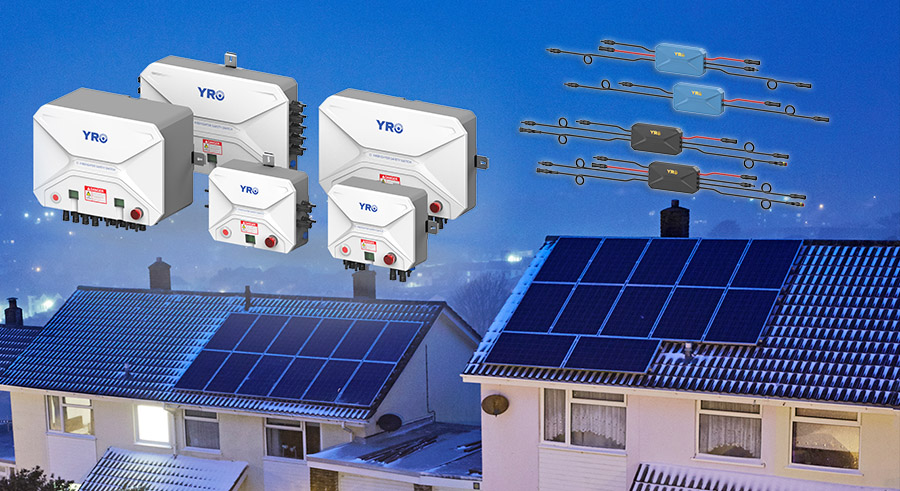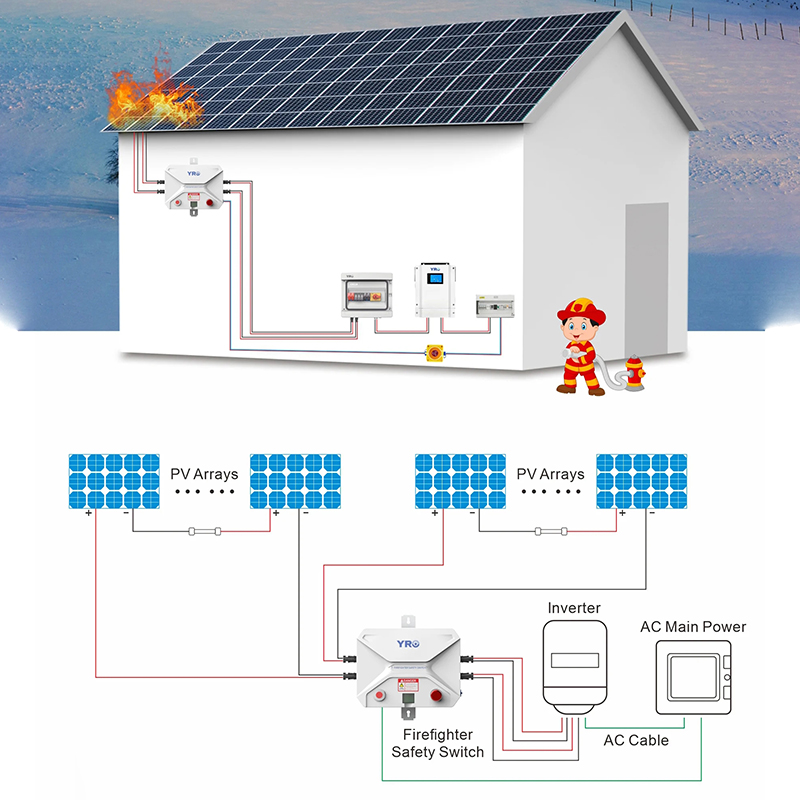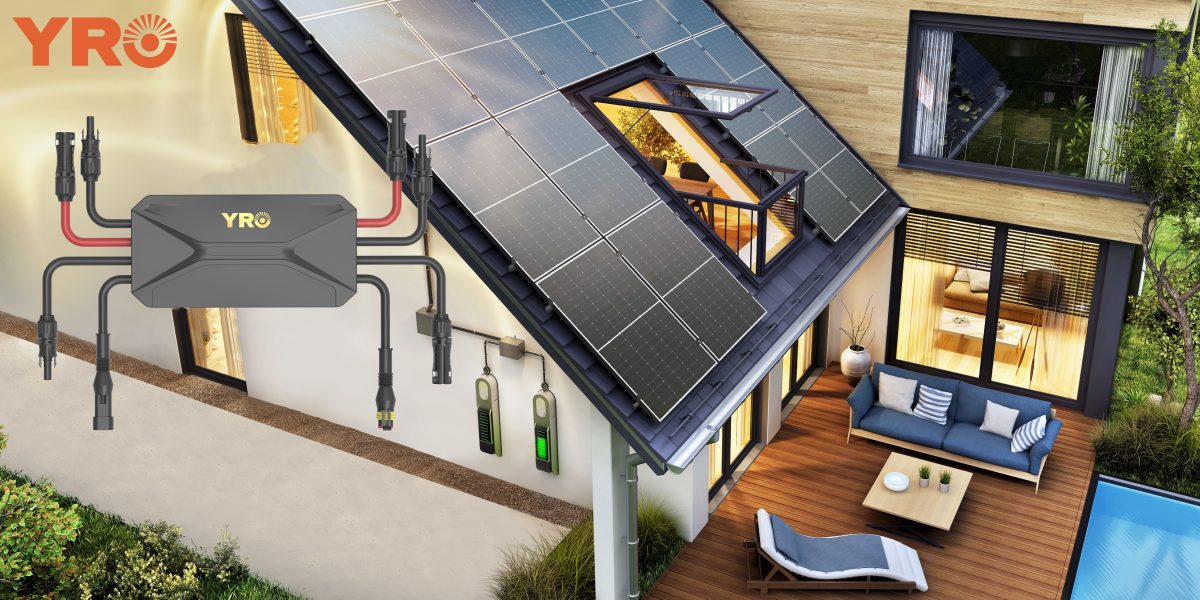Fast Shutdown Systems: Enhancing Safety in Electrical Installations
 In the realm of electrical engineering and safety, “Fast Shutdown” is a critical concept designed to ensure the safety of both personnel and equipment. As the name suggests, fast shutdown systems are engineered to rapidly disconnect electrical power in the event of an emergency or fault condition. This introduction explores the mechanism, importance, and applications of fast shutdown systems in various electrical installations.
In the realm of electrical engineering and safety, “Fast Shutdown” is a critical concept designed to ensure the safety of both personnel and equipment. As the name suggests, fast shutdown systems are engineered to rapidly disconnect electrical power in the event of an emergency or fault condition. This introduction explores the mechanism, importance, and applications of fast shutdown systems in various electrical installations.
Understanding Fast Shutdown Systems
Fast shutdown systems are engineered to quickly and safely disconnect electrical circuits or power systems when hazardous conditions are detected. These systems are an integral part of modern electrical safety protocols, designed to minimize the risk of electric shock, equipment damage, and fire hazards.
Key Components:
- Sensors and Detectors: Identify abnormal conditions such as overcurrent, overvoltage, or equipment failure.
- Control Units: Process signals from sensors and initiate the shutdown process.
- Disconnect Devices: Mechanisms like circuit breakers or relays that physically disconnect the electrical supply.
The Importance of Fast Shutdown
The primary objective of fast shutdown systems is to protect human life and prevent damage to equipment. In high-power installations, even a few seconds of delay in shutting down a faulty circuit can lead to catastrophic consequences.
 Safety Benefits:
Safety Benefits:
- Prevention of Electric Shocks: Immediate disconnection reduces the risk of electrocution.
- Mitigation of Fire Risks: Rapid shutdown prevents overheating and potential fires.
- Equipment Protection: Minimizes damage to electrical components and machinery.
Applications of Fast Shutdown Systems
Fast shutdown technology is employed in various domains, each with unique requirements and challenges:
- Solar PV Installations: Especially crucial in photovoltaic (PV) systems to de-energize panels and inverters, reducing the risk of electric shock during maintenance or firefighting.
- Industrial Settings: Used in manufacturing plants and factories to protect machinery and personnel from electrical hazards.
- Commercial and Residential Buildings: Integrated into building management systems for overall electrical safety.
 Regulatory Compliance and Standards
Regulatory Compliance and Standards
The implementation of fast shutdown systems is often governed by various international and national standards and regulations:
- NEC (National Electrical Code) Requirements: For example, in solar installations, NEC 2017 and 2020 have specific guidelines for rapid shutdown.
- IEC (International Electrotechnical Commission) Standards: Provide global standards for electrical safety, including fast shutdown mechanisms.
Future Trends and Innovations
As technology evolves, so does the scope and capabilities of fast shutdown systems:
- Smart and Connected Systems: Integration with IoT and smart technology for predictive maintenance and remote monitoring.
- Advanced Sensing Technologies: Employing AI and machine learning to predict and preemptively address faults before they trigger a shutdown.
 Fast shutdown systems are a vital component of modern electrical safety protocols, offering a quick and effective means to mitigate the risks associated with electrical faults and emergencies. Their integration into various electrical installations not only ensures compliance with safety standards but also significantly enhances the overall safety of personnel and equipment.
Fast shutdown systems are a vital component of modern electrical safety protocols, offering a quick and effective means to mitigate the risks associated with electrical faults and emergencies. Their integration into various electrical installations not only ensures compliance with safety standards but also significantly enhances the overall safety of personnel and equipment.
For businesses and facilities managers, incorporating advanced fast shutdown systems is not just a regulatory requirement; it’s a proactive step towards ensuring a safer and more reliable electrical environment. As we embrace more complex and high-powered electrical systems, the role of fast shutdown technology becomes increasingly paramount.

 Safety Benefits:
Safety Benefits: Regulatory Compliance and Standards
Regulatory Compliance and Standards